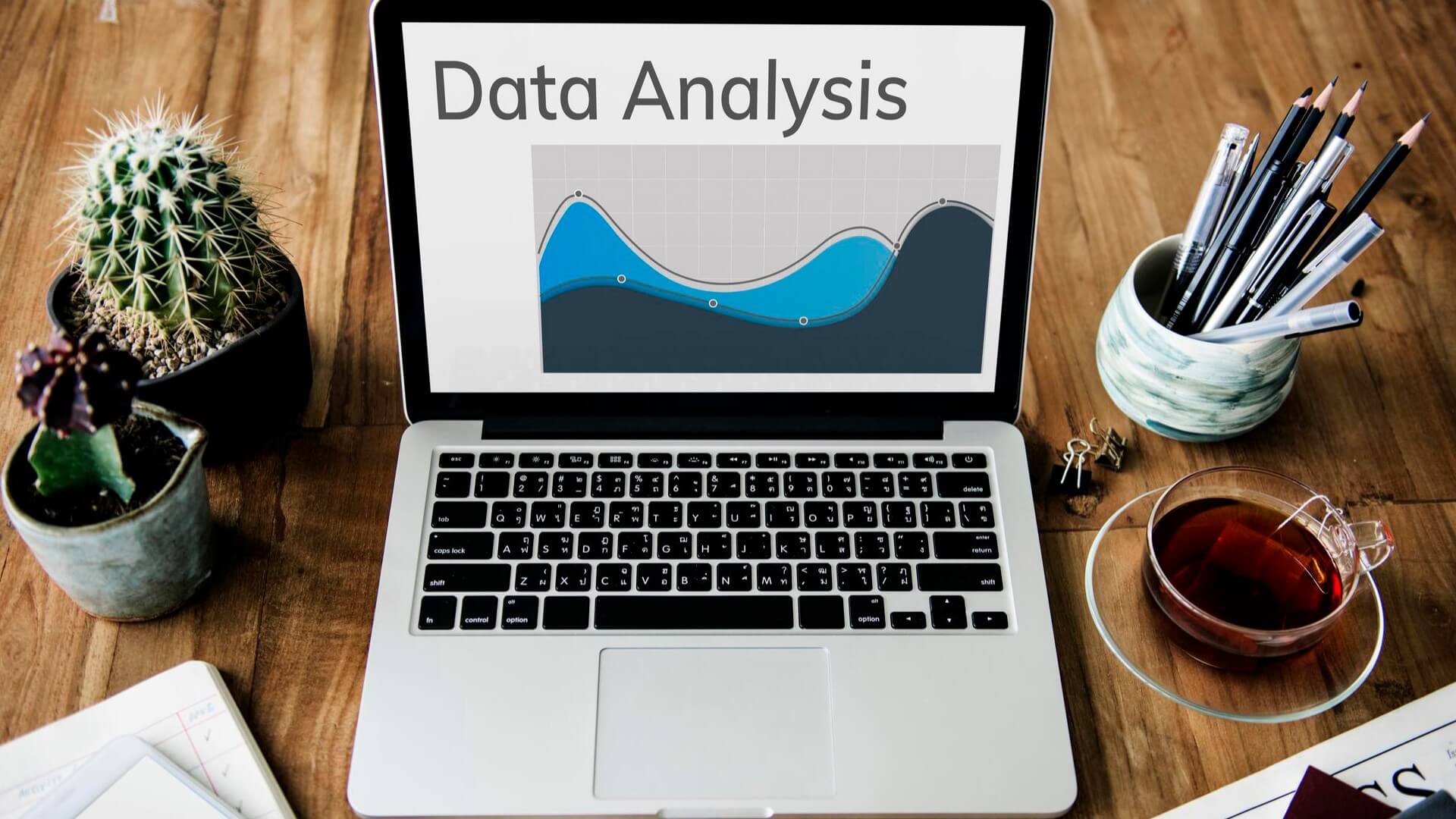
Why the Need for Low Latency Analytics
The need for low-latency analytics for big data is growing rapidly, and for good reason. With more and more data being generated at unprecedented rates, organizations need to process and analyze it quickly to gain a competitive advantage.
Faster response times mean more users and revenue, as well as the ability to make more informed decisions based on insights gained from big data.

Low Latency Analytics in Big Data
Low-latency analytics is a technique that enables processing and analyzing big data in real time or near real time. It is critical in big data processing because it allows organizations to extract insights from data faster.
In traditional big data processing methods, data is stored and processed in batches, which can take a lot of time. This delay can lead to missed opportunities or inaccurate insights, especially in industries where real-time data processing is critical, such as finance, healthcare and telecommunications.
This can help organizations gain a competitive advantage by responding quickly to market changes and customer needs. In addition, low-latency analytics can save organizations money by reducing the load on traditional big data systems by processing only the necessary data in real time.

Choosing the right solution
Low-latency analytics is an essential technology that enables organizations to process and analyze big data quickly and accurately. As the demand for real-time data processing continues to grow, organizations that don't adopt this technology may fall behind their competitors. By using low-latency analytics, organizations can make smarter decisions based on insights gained from data, respond quickly to changes in the marketplace, and gain a competitive advantage.






